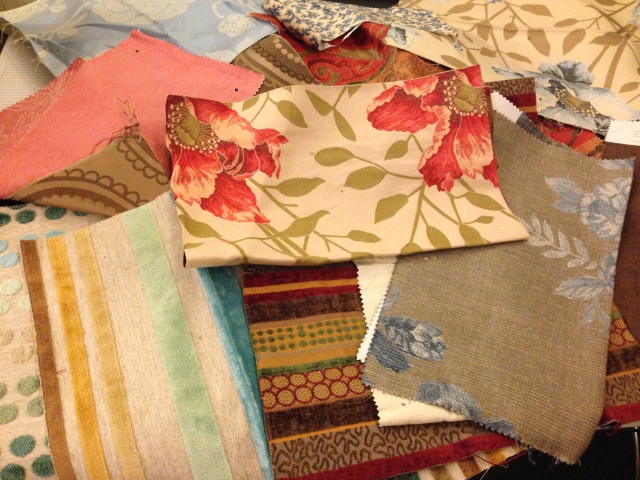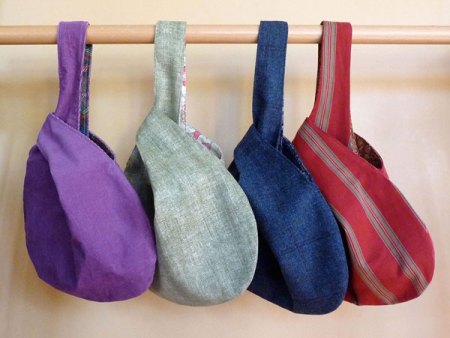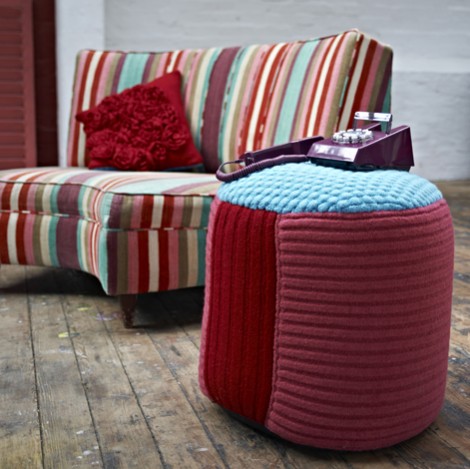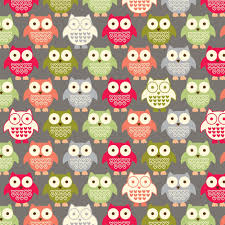Over the last few decades massive advances in technology have enabled a far wider diversity of fabric types to be available to the consumer than ever before. Blended fabrics are being utilized by designers on a much wider scale to create the fabrics they want with the properties they need. For instance: polyester / cotton blends mix the look of cotton with the easy care properties of polyester fabrics perfect for everyday wear. Cotton / Lycra blends combine stretch and comfort with the superior absorption creating a fabric ideal for sportswear.
With this vast array of fabric types comes an even larger choice in fabric weight and construction. Although the vast majority of upholstery fabrics are still woven there are such a vast array of styles: heavy, loose, brocades, jacquard, embroidered and further embellished. A wide range of patterns are also available: stripes, spots, floral, traditional and abstract to name a few. Dress fabrics are mainly constructed using woven or knitted methods. Again there are many different weights; from Denim to Chiffon. Designs whether printed, woven or applied are once again seemingly limitless.

Selection of fabrics available from my local shop: Stripes and spots (bottom left hand corner) 65% Viscose 13% Polyester 12% Linen 10% Cotton. Ethnic stripe (bottom centre) 58% Rayon 42% Polyester. Brown / Blue Floral (bottom right hand corner) 52% Viscose 21% Cotton 19% Linen 8% Polyester. Cream / Red Floral (centre) 64% Viscose 36% Cotton. Terracotta Fabric (middle left hand side) 88% Cotton 12% Nylon. Blue / Cream Floral (top left hand side) 55% silk 45% cotton. Printed Red (top middle) 53% cotton 47% Viscose. Small floral print (top) 100% cotton. Cream / Blue floral (top right hand side) 64% Viscose 36% Cotton
Consumers therefore, have a huge amount of fabrics to choose from. Not only for the look of the fabric but also the feel and performance. Fabrics still tend to fall into distinct groups i.e. dress or furnishing but the lines can be blurred between the two. For instance heavier ‘furnishing fabrics’ are being used a lot at the moment for accessories such as the bags below.


Many fashion houses originally known for their clothing are now moving into interiors; furniture and fabrics. Jean-Paul Gaultier, Jeff Banks, Hermes and most famously Laura Ashley are all examples of this. The Telegraph has a good article about this: http://www.independent.co.uk/property/interiors/fashion-designers-turn-to-interiors-2020888.html, in it they mention Melanie Porter who apparently started making knitted designs for fashion houses like Burberry and now designs one off knitted designs and coverings for antique furniture. Her work can be seen on her website: melanieporter.co.uk
Some examples of Melanie Porter’s work (www.melanieporter.co.uk)
These designers certainly have some influence on choices that consumers make for their interior textile and furnishing choices but by far the largest influence appears to come from the furniture and furnishing stores, magazines and television style programs. A very popular style at the moment is the vintage / 1950’s look. Designers such as Kath Kidson started the craze with her ‘shabby chic’ floral designs. Television programs like those hosted by Kirstie Allsop have strengthened the appeal of this vintage / upcycled style. Social and environmental influences may well be playing a part here as well, reflecting the current economic climate, people are perhaps looking towards a past ‘make do and mend’ philosophy. Whatever the influence, over the last couple of years this style has evolved with kitsch designs such as patchwork owls, bugs, cars etc. becoming popular. Spoonflower.com has a lovely range of these craft style fabrics which can be put to a multitude of uses in both clothing and furnishing – you can even design your own fabric and have it printed by them.
Stately homes and historic houses have also always had a strong influence on interior design and furnishings as have the magazines dedicated to this kind of look. House Beautiful and Period Living Magazines for example feature traditional fabric styles and furniture. There are two stately homes near my home well known for their textiles: Uppark near Petersfield, Hampshire and Parham House in West Sussex.
Uppark is a 17th Century mansion in South Harting, Petersfield, Hampshire. In August 1989 the house famously caught fire and many of the interiors and treasures were damaged or destroyed. Prior to the fire the house was known as: “one of the least altered country houses in England – a fine window on to how the upper classes lived in the Victorian era.” (http://www.westsussex.info/uppark-house-and-garden.shtml). After a huge restoration project the house was finally re-opened in 1995. The majority of the textiles were destroyed in the fire so most are reproduction, lovely re-created by the National Trust. Luckily some were saved and preserved including a very fine Axminster carpet. During the fire the carpet had been used to cover, and therefore save the grand piano! The carpet itself was preserved and is on display. It serves as a poignant reminder of that night. There is a fascinating section about the house’s textile restoration in ‘Changing Views of Textile Conservation’ (edited by Mary M. Brooks, Dinah Eastop) pages 236 – 239.

Parham House is a beautiful Tudor house in West Sussex it is famed for it’s collection of original textiles, early tapestries and needlework including the Great Bed which as described on the Parham House website “was a wedding present to the Pearsons from the 1st Viscountess Cowdray. The needlework on its canopy, headboard, backcloth and bedspread dates from 1585 and was probably commissioned by Marie de Medici, sister-in-law to Mary Queen of Scots. Its curtains, pelmets and valances were worked in flame stitch embroidery in about 1620.” (http://www.parhaminsussex.co.uk/).
The rest of the collection includes:
• 16th century Flemish tapestry
• Rare late-16th century Italian wool hangings
• Early gros-point needlework carpet
• 16th and 17th century needlework pictures
• Hungarian point needlework silk and wool curtains
• Kouba and Shirvan carpets from the 17th century
• 17th century stumpwork (raised and panelled) embroidered pictures
Further reading:



Very interesting post! Well researched, well written and well presented! Lots of food for thought.